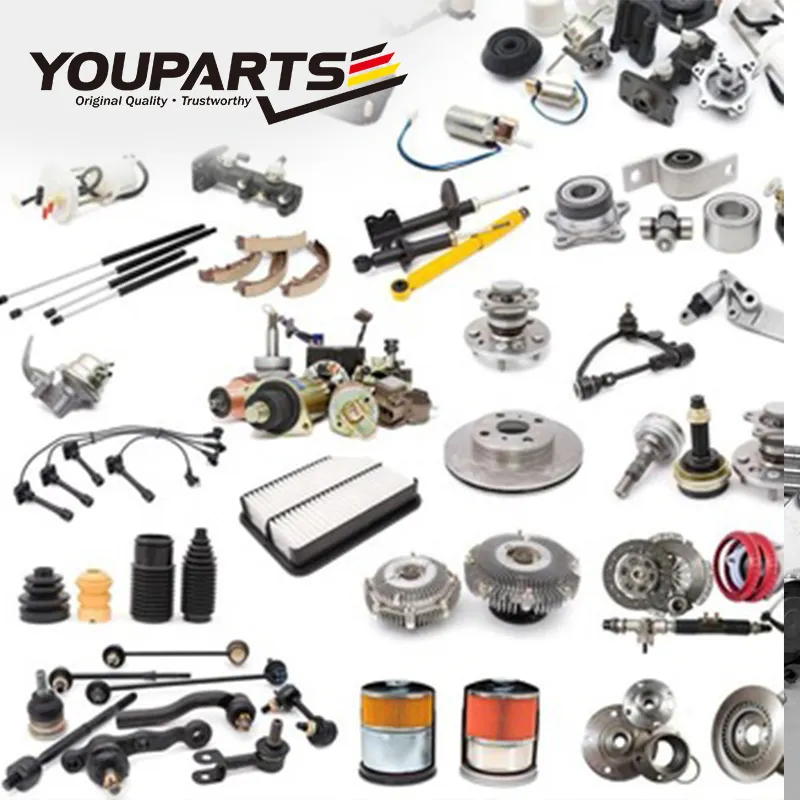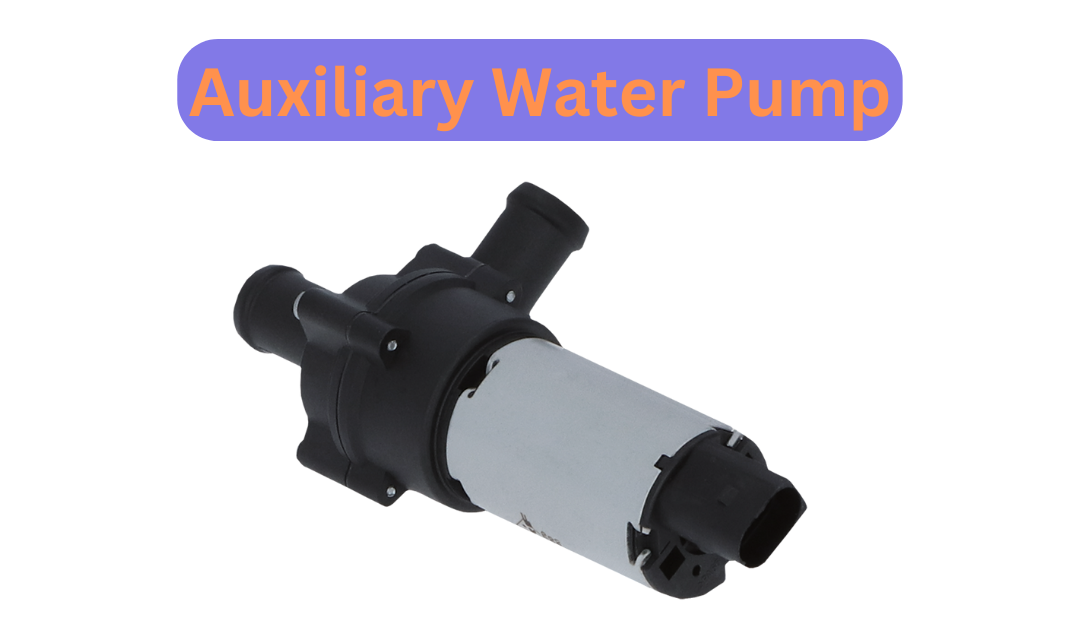When it comes to maintaining the performance and longevity of your Mercedes Benz, the automatic transmission oil pan is an essential component that shouldn’t be overlooked. If you suspect that your oil pan is damaged or has become worn out over time, it’s important to replace it as soon as possible. Here’s a step-by-step guide to replacing the automatic transmission oil pan in your Mercedes Benz.
Tools and Materials You’ll Need
Before you get started, you’ll need to gather the following tools and materials:
- Jack and jack stands
- Wrench set
- Socket set
- Drain pan
- ATF
- New gasket
- New oil pan
- Rags
Step 1: Preparation
Before you start, it’s important to prepare your vehicle. Park your Mercedes Benz on a level surface and make sure the engine is turned off. Place jack stands under the vehicle and use a jack to lift the car until the wheels are off the ground. This will give you access to the underside of the vehicle where the oil pan is located.
Step 2: Removing the Old Oil Pan
Once you have access to the underside of the vehicle, locate the oil pan and drain the ATF into a drain pan. Use a socket set to remove the bolts that secure the oil pan to the transmission. Carefully remove the old oil pan and clean the mating surface of the transmission with a rag.
Step 3: Installing the New Oil Pan
With the old oil pan removed, it’s time to install the new one. Start by installing a new gasket onto the transmission mating surface. Then, position the new oil pan over the gasket and use a socket set to secure it to the transmission with the bolts. Make sure the pan is tight and the gasket is securely in place.
Step 4: Refilling the ATF
Once the new oil pan is securely in place, it’s time to refill the ATF. Use a funnel to pour the ATF into the transmission until it reaches the recommended level. Check the ATF level periodically and add more as needed until it reaches the recommended level.
Step 5: Final Checks
Once the ATF is at the recommended level, it’s time to perform a few final checks. Check for any leaks or drips, and tighten any bolts or fittings if necessary. Then, start the engine and let it run for a few minutes to circulate the ATF. Finally, check the ATF level again and top it off if necessary.
Conclusion
Replacing the automatic transmission oil pan in your Mercedes Benz is a straightforward process that can be done with the right tools and materials. By following these simple steps, you can help to ensure that your vehicle’s transmission system operates smoothly and efficiently. So, if you suspect that your oil pan is damaged or worn out, don’t wait – replace it today and keep your Mercedes Benz performing at its best.
___________________
The Importance of Maintaining a Mercedes Benz Automatic Transmission Oil Pan
When it comes to luxury vehicles, Mercedes Benz is a name that’s synonymous with style, performance, and reliability. With state-of-the-art technology, sleek designs, and advanced engineering, these cars are built to last and provide an unmatched driving experience. However, to keep your Mercedes Benz performing at its best, it’s essential to ensure that every component is well-maintained and working optimally, including the automatic transmission oil pan.
What is an Automatic Transmission Oil Pan?
The automatic transmission oil pan, also known as a transmission pan, is a crucial component of your Mercedes Benz’s transmission system. This component is responsible for holding the automatic transmission fluid (ATF) and is typically made of aluminum or steel. The ATF helps to cool, lubricate, and clean the transmission, ensuring that it operates smoothly and efficiently.
Why is the Automatic Transmission Oil Pan Important for Your Mercedes Benz?
The transmission oil pan plays a vital role in maintaining the health and longevity of your Mercedes Benz’s transmission. It helps to regulate the temperature of the ATF and prevent the fluid from overheating, which can cause significant damage to the transmission. Additionally, the oil pan helps to filter out any contaminants that may enter the transmission fluid, such as metal shavings or debris.


